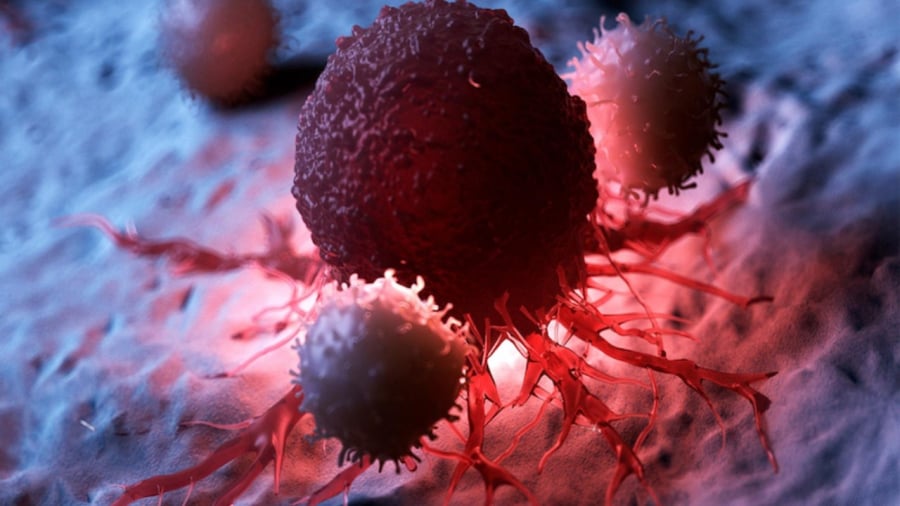Headaches – A Warning Sign of Brain Cancer
While typical headaches such as sinus or viral fevers will subside quickly, persistent and frequent headaches that intensify over time could indicate brain cancer. These headaches often occur when the tumor is in an invasive stage and may be accompanied by nausea, vomiting, dizziness, altered sensations, visual disturbances, speech difficulties, and weakness or clumsiness.
Bone Pain – A Symptom of Bone Cancer and Multiple Myeloma
Bone cancer is becoming increasingly common, and it often begins with prolonged bone pain that intensifies at night when the muscles relax. This type of cancer can originate in the bone or spread to the bone from another part of the body. The affected bone becomes weak and prone to fractures.
Additionally, persistent and nagging bone pain could also indicate multiple myeloma, a type of blood cancer that affects plasma cells, which are integral to the immune system.
Chest and Shoulder Pain – A Warning Sign of Lung Cancer
Beyond the well-known symptoms of persistent cough, shortness of breath, weight loss, fatigue, and coughing up blood, lung cancer may also present with chest and shoulder pain. This occurs when the cancer invades nearby organs, blocking blood vessels and causing local irritation, resulting in pain that radiates from the shoulder and neck into the arm. The pain intensifies in the front of the chest and the back.

Pelvic Pain – A Warning Sign of Gynecological and Urinary Cancers
The reproductive and urinary organs, including the uterus, ovaries, and bladder, are all located in the pelvic region. Therefore, persistent pelvic pain, cramping, and bloating in women could indicate ovarian cancer, especially if the pain intensifies and persists. This pain typically occurs only in the advanced stages of ovarian cancer when the tumor has grown considerably.
Back Pain – A Symptom of Pancreatic Cancer
Pancreatic cancer often exhibits subtle and inconspicuous symptoms, making it challenging to detect. This is because the pancreas is located deep within the abdomen, behind the stomach. By the time a tumor in this area is discovered, it has often progressed beyond the early stages. Back pain associated with pancreatic cancer arises when the tumor grows large enough to compress nearby organs, including the stomach, lungs, liver, and when pancreatic juices containing digestive enzymes damage the pancreas itself.
Abdominal Pain and Bloating – A Warning Sign of Colorectal Cancer
Colorectal cancer is a common disease today, influenced by lifestyle and genetic factors. Symptoms include abdominal pain, loss of appetite, fatigue, weight loss, and rectal bleeding. As the colorectal tumor obstructs the passage of gas and stool, the abdomen becomes distended and painful. Additionally, individuals with colorectal cancer may experience narrowed stools, blood in the stool, increased urinary frequency, and urgency.






























